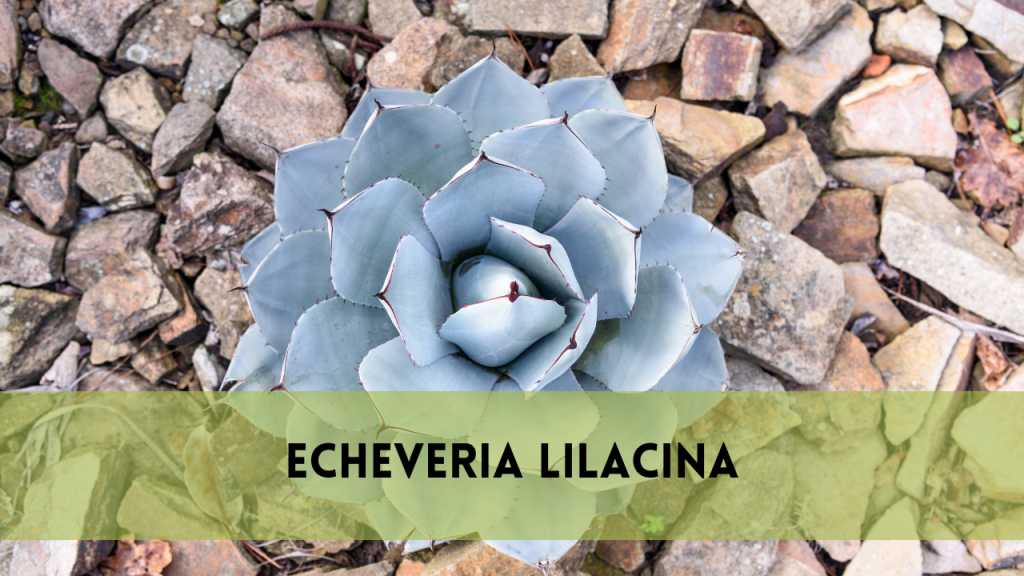Agave attenuata, also known as the foxtail agave or lion’s tail, is a magnificent succulent that can alter any garden with its distinctive rosette pattern and brilliant blue-green leaves. Arborist Heights understands the value of selecting the proper plants to create a stunning, low-maintenance landscape. Let’s learn about Agave attenuata and why it’s an excellent addition to your landscape.
What is Agave Attenuata?
Agave attenuata is a unique agave species known for its smooth, spineless leaves and striking arching flower spikes. This plant, which is native to the rocky terrains of central Mexico, thrives in arid environments, making it an excellent choice for drought-tolerant gardens.
Agave Attenuata
Characteristics and Appearance.
The Agave attenuata has a rosette of wide, velvety leaves that can grow up to 2.5 feet long. Unlike many other agaves, it lacks sharp spines at the edges, making it suitable for gardens with children and pets. The leaves form a thick, symmetrical rosette that can grow up to four feet in diameter.
Flowering
The Agave attenuata’s flowering spike is one of its most distinctive features. Mature plants have a towering, arching inflorescence that can reach 10 feet high. This flower spike curls beautifully, suggesting a fox’s tail, hence the popular name, foxtail agave.
Growing Conditions for Agave Attenuata
Light Requirements
Agave attenuata prefers full sun to partial shade. In areas with strong sunlight, adding afternoon shade might help prevent leaf scorch and keep the plant looking its best.
Soil requirements
This agave prefers a well-drained soil. It can withstand a variety of soil types, but thrives in sandy or gravelly mixes that replicate its natural environment. Proper drainage is critical for preventing root rot.
Watering Needs
One of the most significant features of Agave attenuata is its drought tolerance. Once established, it requires little watering. Overwatering can be harmful, so allow the soil to completely dry out between waterings.
Tips for Growing and Caring for Agave Attenuata
Planting
When planting Agave attenuata, pick a spot with lots of sunlight and well-drained soil. Dig a hole slightly larger than the root ball, set the plant inside, and backfill with earth. After planting, thoroughly water the plant to help it establish.
Maintenance
Agave attenuata is a low-maintenance plant, but here are some care recommendations to help it thrive:
Pruning: To keep the plant looking its best, remove any dead or damaged leaves.
Fertilising: Use a balanced, slow-release fertiliser in the spring to promote healthy growth.
Pest Control: Keep an eye out for typical pests such as mealybugs and scale insects. Insecticidal soap or neem oil should be used to treat infestations right away.
Landscape featuring Agave Attenuata
Focal point
Agave attenuata, with its remarkable shape and size, is a superb focus point in any garden. Plant it alone or with other succulents for a dramatic effect.
Container Gardening
Agave attenuata is also ideal for container gardening. Choose a large pot with drainage holes and use cactus or succulent potting soil. This allows you to move the plant around to fit your landscaping design.
Pair Agave attenuata with drought-tolerant plants, such as yucca, aloes, and cactus. These pairings result in a breathtaking, low-water landscape that is both beautiful and sustainable.
Benefits of Adding Agave Attenuata to Your Garden
Increased drought tolerance
In this era of water conservation, Agave attenuata is an ideal choice for sustainable landscaping. Its minimal water requirements help to lower your garden’s total water consumption.
Low maintenance
For busy gardeners, Agave attenuata provides the ideal balance of beauty and convenience. Its low care requirements allow you to enjoy a beautiful garden without spending hours on maintenance.
Aesthetic appeal
The distinctive shape and colour of Agave attenuata provide a touch of exotic flair to any garden. Its architectural form adds year-round interest, making it a standout element in your yard.
FAQS
How can I propagate Agave attenuata?
Growing Agave attenuata is really straightforward. The simplest approach is to use offsets, or “pups,” which grow at the base of the parent plant. Remove these pups with a sharp knife and allow to dry for a few days. Once the cut end has callused, place them in well-drained soil and water gently until roots form.
Can Agave attenuata be cultivated indoors?
Yes, Agave attenuata may be cultivated indoors as long as it gets plenty of light. Place the plant in a bright, sunny place, such as next to a south facing window. To prevent root rot, make sure the pot has sufficient drainage, and only water the plant when the soil is fully dry.
What frequent pests and diseases harm Agave attenuata?
Agave attenuata is generally resilient, but it is vulnerable to pests such as mealybugs, scale insects, and agave snout weevil. Inspect your plant on a regular basis and use insecticidal soap or neem oil to cure any pests. Overwatering can cause root rot, so allow the soil to dry in between waterings.
How big does Agave attenuata grow?
Agave attenuata normally develops a rosette that can grow up to 4 feet in diameter and 4 feet tall. When it blooms, the flower spike can reach a height of 10 feet, producing an eye-catching display in your landscape.
When is the optimum time of year to grow Agave attenuata?
The optimal time to grow Agave attenuata is in spring or early summer. This helps the plant to grow roots before the weather cools down. In mild climes, you can plant it practically any time of year, but avoid extreme heat and frost.




